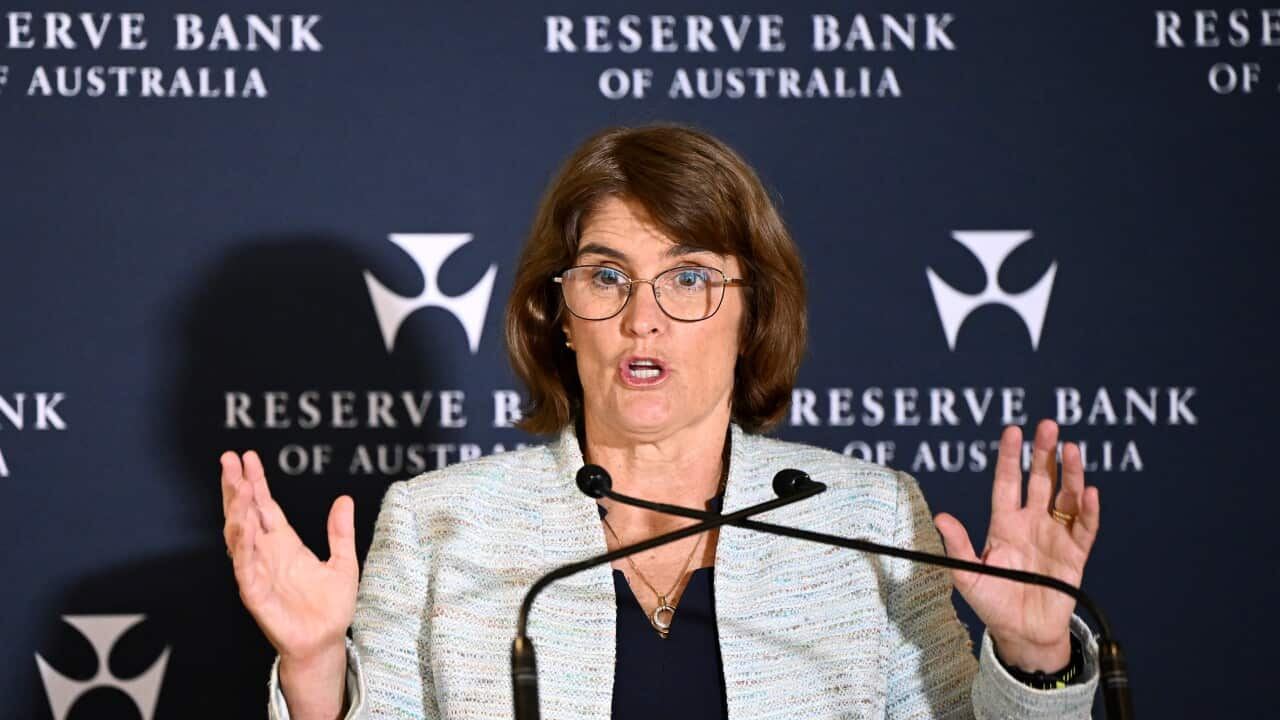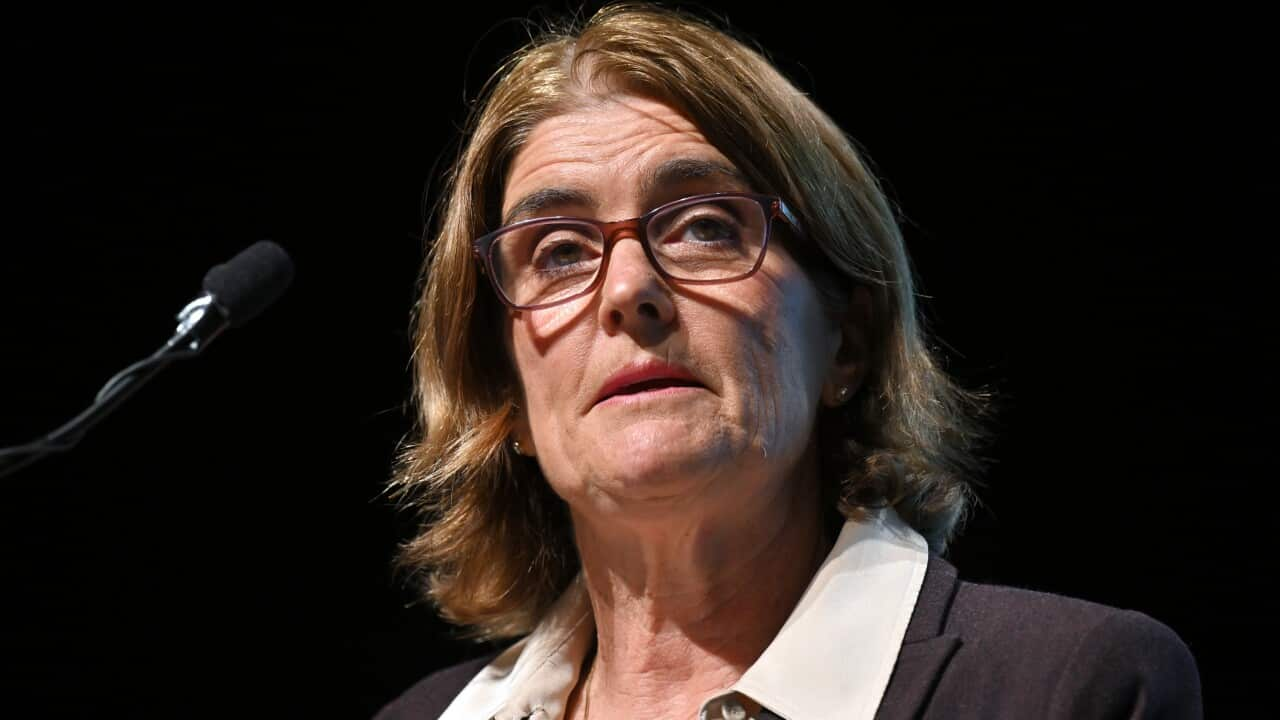ANZ has joined the Commonwealth Bank in predicting an interest rate cut in February, which could provide relief to mortgage holders following a sustained rate of 4.35 per cent.
The cash rate has stayed the same since November 2023, with Reserve Bank of Australia (RBA) governor Michele Bullock saying that taming inflation is a "balancing act".
"With inflation coming down and employment growing, we think we remain on the narrow path," she said after the central bank's December meeting.
So, what does the RBA consider when setting its cash rate target, and what do the 'big four' banks think lies ahead?
What are the banks predicting?
ANZ and CommBank are both forecasting a rate cut when the RBA next meets in February.
Westpac and NAB disagree and are predicting Australians will have to wait for the third RBA meeting in May before the cash rate target is changed.
The banks also differ when it comes to estimating how many cuts will occur throughout 2025.
ANZ is the most conservative and is anticipating two cuts this year, while CBA and Westpac both speculate four will occur.
NAB is projecting five rate cuts.
Independent financial comparison site Canstar has estimated that a reduction in monthly repayments from one cut could be up to $92 on a $600,000 loan with 25 years remaining on the term.
How much could Australians save?
On Friday, Canstar released data calculating drops in mortgage repayments for each of the bank's predictions.
If five rate cuts are realised, the drop in monthly repayments could be as high as $441 per month for a borrower with a $600,000 loan and 25 years remaining.
If just two rate cuts occur, the same borrower will save $182 each month.

NAB is expecting the greatest relief for borrowers with five cuts compared to ANZ’s forecast for only two cuts.
"The big question is just how many rate cuts the RBA will end up handing out. If you’ve got a mortgage, be prepared for every possibility," she said.
"A rate cut in February is increasingly likely, however, with over five weeks to go until the next Board meeting and the RBA firmly focused on incoming data, this could change."
There are several measures that influence RBA decision-making, including inflation and unemployment.
Looking to inflation and employment rates
ANZ's new prediction of a February rate cut follows the on Wednesday.
The Australian Bureau of Statistics reported CPI at 2.3 per cent in the 12 months leading to November, within the RBA's target of 2 to 3 per cent.
ABS head of price statistics Michelle Marquardt said government electricity rebates had a large impact on CPI.
"In some states and territories, households received two rebate payments in October in lieu of not receiving a payment in July. From November, most households have received one payment," she said on Wednesday.
"As a result, electricity prices fell 21.5 per cent in the 12 months to November, compared to a fall of 35.6 per cent to October."
Meanwhile, underlying inflation was at 3.2 per cent in November, down from 3.5 per cent in October.
The RBA's target for this form of inflation is 2 to 3 per cent.
Tindall said analysts would also be looking at soon-to-be-released employment data.
"All eyes will be on next week’s ABS Labour Force data and the quarterly CPI results released at the end of the month," she said.
"If core inflation continues along the same trajectory as we saw in the more volatile monthly dataset, then we could well see a rate cut."




